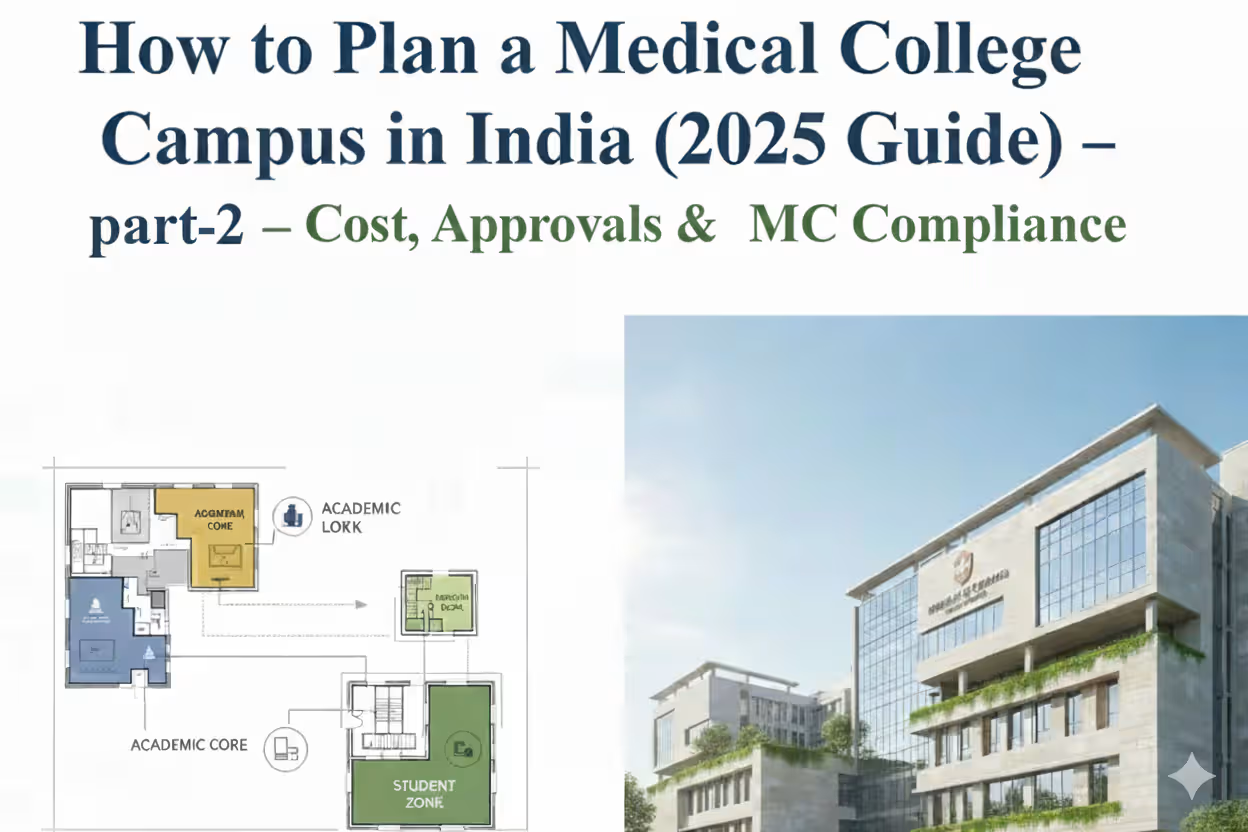CSR Proposal Format 2025 – Free Template & Checklist

Table of content
Indian corporates spent ₹ 34,909 crore on CSR in FY 2023-24, up 13 % year-on-year. Yet fewer than one in five proposals make it past the first screening, largely because they miss statutory or strategic details. This guide shows you how to avoid that fate. (Source1, Source2)
Quick stat: 27,188 companies reported CSR spending in FY 2023–24—but deep regional imbalances mean Tier‑II/rural districts receive only a small fraction (as little as ~1 % in some regions). A sharp, compliant proposal is your ticket to tapping into that under‑allocated pool.
This tech saved 40% cost in real projects. See How
One wrong assumption in campus planning can derail your entire project.
- Identify the Problem
Start with real data—surveys, government reports, or local studies. Show why your project is needed. - Match with CSR Rules
Connect your project goals with relevant clauses under Schedule VII of the Companies Act. - Make a Practical Budget
Break down costs clearly. Keep admin expenses low (ideally under 5%) and show how each rupee will be spent. - Decide What You’ll Measure
Pick 3–5 impact metrics (KPIs). For example: % improvement in learning, number of beneficiaries, or energy saved. - Think About Risks
List possible risks (e.g., delays, low attendance) and explain what you’ll do if they happen. - Attach All Legal Documents
Add your CSR-1, 12A, 80G, FCRA (if applicable), financials, board resolutions, and project MoUs. - Plan Reporting & Monitoring
Mention how often you’ll report progress—typically quarterly MIS updates and one full impact report at the end.
Still confused? understand in detail
- Generic need statements: “Lack of education” is not a need; “42 % female drop-out rate in Block X (DISE 2024)” is.
- Mis-matched budgets: A ₹ 50 lakh ask with no benchmark costing screams red flag.
- Ignoring SDGs: Corporates increasingly tag CSR spends to SDG goals—map yours.
- Single-line M&E: Bare metrics ≠ evaluation. Show who collects data and how it’s verified.
Choosing a right construction partner is crucial, see how can you choose one
Many large corporates (e.g., Tata Steel, HUL, Infosys Foundation) provide their own CSR proposal formats—usually an Excel or PDF form where NGOs simply fill in project data and attach annexures. Always check the target company’s CSR page first:
- Download their official template (if available).
- Mirror the exact section order and character limits.
If no template exists, or if the format is too generic, feel free to use the comprehensive template linked below. It’s designed to tick every legal and strategic checkbox most CSR committees expect.
We’ve distilled every best-practice section into a ready-to-use PDF.
➜ Download the CSR Proposal Template PDF
Q: Can a newly registered NGO (< 3 years) receive CSR funds?
A: Only if it partners with an eligible implementing agency holding CSR-1.
Q: How much overhead cost is acceptable?
A: Most corporates cap it at 5–8 %; anything higher needs airtight justification.
Q: Is impact assessment mandatory?
A: For projects ≥ ₹ 1 crore or ≥ 1 year, yes—per CSR Rules 2021 (Rule 8-3).

.avif)